From ancient sites to stunning natural wonders, China is a land where history and nature intertwine.
In this list, we’ve rounded up the most iconic sites in the country, those that best exemplify the country’s immense history, deep culture, and incredible landscapes.
Just be prepared to dive headfirst into one of the world’s most intriguing countries.
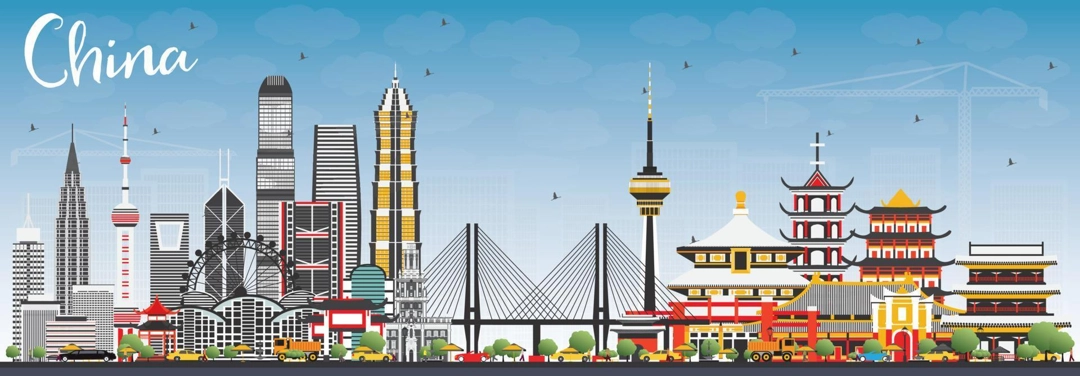
1. The Great Wall of China
The Great Wall of China is one of the marvels of the ancient world. It took hundreds of years to complete and was built specifically to protect different regions of China from being attacked.
Thousands of miles long, it weaves through valleys and up mountains and across deserts and grasslands. But it’s more than just a wall — it’s evidence of the ingenuity and tenacity of the human spirit.
Key Locations
For visitors, the Badaling and Mutianyu sections are a must. The Badaling is the easiest and busiest option but the views are fantastic.
Mutianyu is best if you want a less crowded experience and are looking for picturesque views. You won’t be sorry you visited either one.
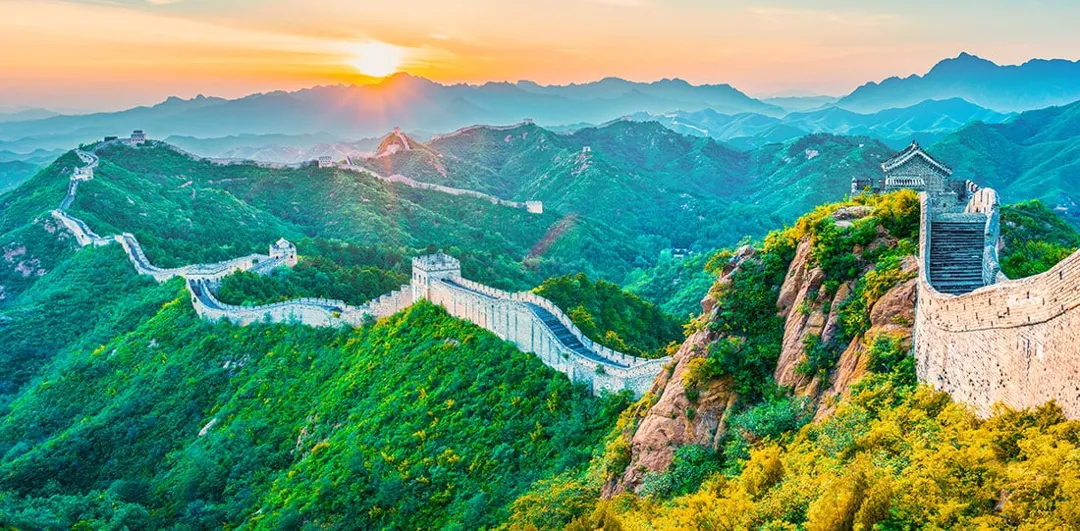
Why It’s Famous
The Great Wall is one of the most iconic and historical structures.
The UNESCO World Heritage site serves as a symbol of China’s strength and perseverance, a cultural icon representing the indomitable spirit of its people throughout the ages.
2. The Forbidden City
Forbidden City was the gargantuan imperial palace of Beijing, and was built in the early 15th century. It was home to Chinese emperors for over 500 years (and the definition of luxury).
It’s a massive wood structure, a complex of halls and palaces, that’s really cool to walk around and try to picture what life was like.
Key Features
In the interior is the magnificent Hall of Supreme Harmony, among other subsequent halls, which display ancient artifacts and lovely decorations, offering a glimpse into the culture of China.
It is fascinating for its size and its sheer complexity, and it is easy to picture living here in ancient times.
Cultural Importance
The Forbidden City is a world urban symbol. Visiting provides insight into the deep traditions and atmosphere of China. It's still the most politically significant site in the country and one of the most visited.
3. The Terracotta Army
Xi’an’s Terracotta Army is one of China’s archaeological wonders. The thousands of life-sized clay soldiers were discovered by local farmers in 1974 who were digging up for a well.
The soldiers are located near the mausoleum of Qin Shi Huang, the first emperor of China.
Historical Significance
All the Terracotta Army’s soldiers are unique and have different facial features. The army was created to defend Emperor Qin Shi Huang in the next world. It also embodies the emperor’s power and his society’s belief in an afterlife.
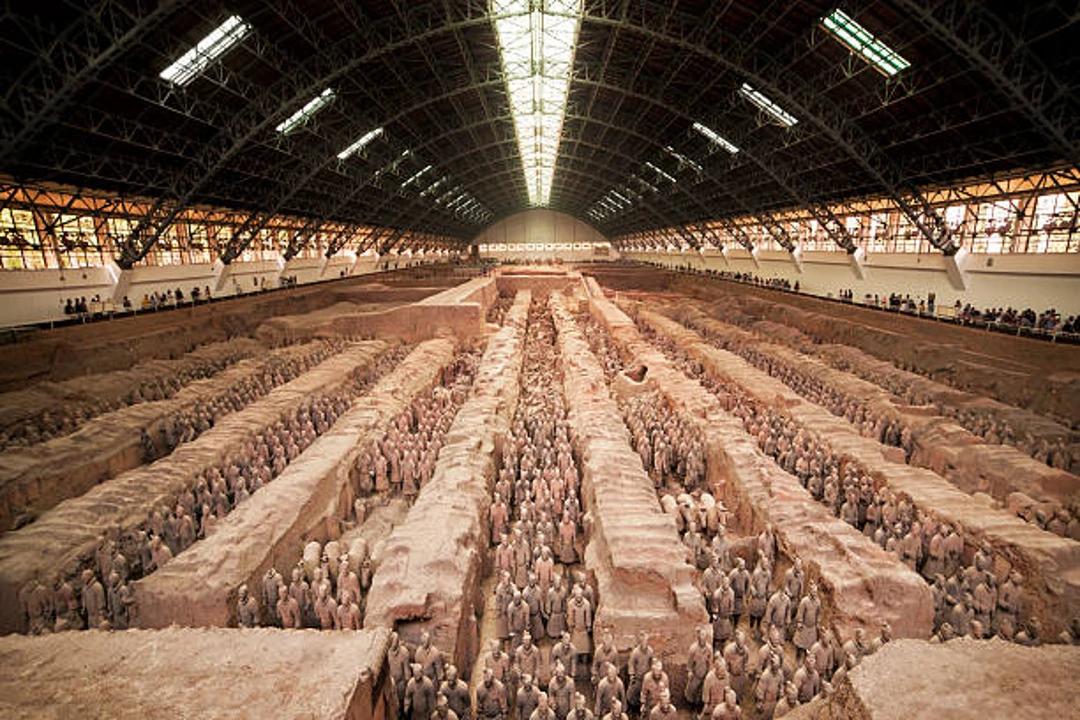
Tips
For the best experience, go to the museum in the morning, so you can see the restored terracotta warriors up close without interference.
Make sure you also check out the exhibits that explain the history and archaeological methods used in their discovery.
4. The Summer Palace
Beijing’s Summer Palace is a huge complex of lakes, gardens, and palaces. It was a serene sanctuary where the emperors of China could commune with nature.
The Long Corridor provides an opportunity to view a splendid collection of painted scenes, depicting stories from the past. Kunming Lake completes the magnificent vistas, allowing the visitor to appreciate the blending of garden design with natural landscape.
Key Features
What’s really special about the Summer Palace is how well it blends in with its environment. There is nothing out of place here. It’s an oasis that symbolizes the harmonious blending of nature and imperial authoritarianism.
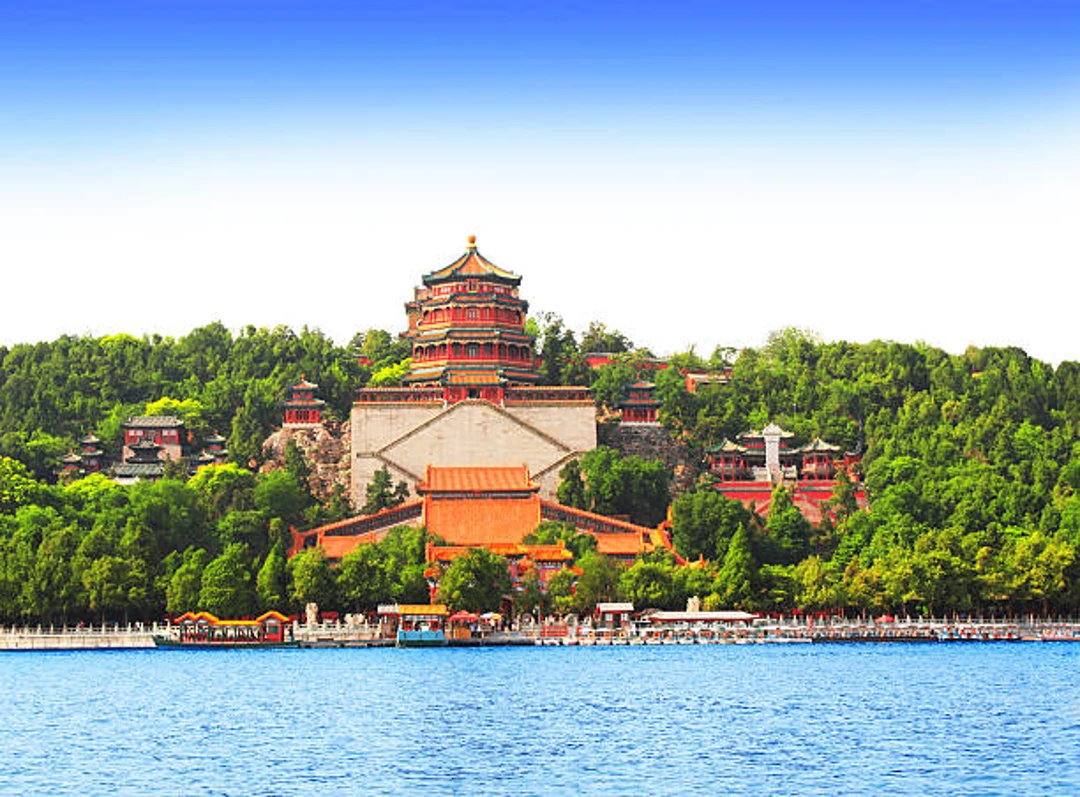
Tips
Timing is everything to fully appreciate the Summer Palace. If you see it when the flowers are in bloom, it lights up with vibrant colors. Take a boat ride on Kunming Lake to get a different perspective of the area.
And, as always, remember to wear comfortable shoes, because there’s lots of walking to do!
5. The Karst Mountains (Guilin and Yangshuo)
The breathtaking Karst Mountains tower above the ground in Guilin and Yangshuo. The remarkable landscape has inspired hundreds of Chinese poets and painters throughout time.
Key Features
The Karst mountains are known for their surreal beauty. Their unique silhouettes are among the most photographed in the country. These natural wonders really put Mother Nature’s best foot forward. Seeing the otherworldly mountains can be mesmerizing for travelers.
Tips
There are multiple ways to take in the stunning landscape: take a slow boat and appreciate the view of the reflective peaks, or if you’re up for it, hike them – the trails offer caves and hidden paths for exploring.
6. Mount Everest (Qomolangma)
Mount Everest. Known as Qomolangma (Mother of the World) in local Tibetan language, it’s the highest mountain on the planet. Gorgeous and towering, Everest straddles the border between China and Nepal, beckoning admirers from near and far.
For hundreds of years, people have come to climb, worship, and respect this mountain. It’s a metaphor for against-the odds success.
Cultural Importance
Aside from this imposing figure, Everest also has spiritual roots. In the eyes of Tibetan Buddhists, the mountain is holy ground and its sheer size often triggers a religious sense of awe.
Locals look at it as a mystical protector. The spiritual side adds to the allure.

Key Features
If you’re up for an adventurous experience, walking to the Everest Base Camp on the Tibetan side can be a rewarding experience. The scenery is amazing and you can feel the forces of nature all around you.
Just be ready for the altitude and conditions, and don’t be afraid to take on the challenge of it and to enjoy that sensation of accomplishment once you find yourself surrounded by the tallest peaks of the planet.
7. Potala Palace
Lhasa’s Potala Palace is incredible. It looks as if a castle had been built in the sky, towering majestically over Lhasa. It’s where the Dalai Lama used to live, its red and white walls a beacon above the city.
When you wander through the halls, you actually feel as if you are traveling back in time. Everywhere you turn, there is history and spirituality.
Cultural Importance
Its spiritual and cultural significance cant’ be understated. Many Buddhists come here as a form of pilgrimage, as the palace contains countless religious artifacts.
It’s a site of faith, history, and tranquility in equal measure. Just wandering the halls transports you into a deep Tibetan world.

Key Features
When you’re there, you can’t help but be in awe of the panoramic view from the top. It’s quite an impressive structure, and the peaceful atmosphere makes it a beautiful structure.
It’s not just a place to visit, it’s an incredible experience. It feels like each step is going to teach you another lesson about the history of Tibet.
8. Temple of Heaven
At the center of Beijing is the Temple of Heaven, a prime example of Taoist architecture. Emperors constructed it to pray for successful harvests, imbuing it with strong spiritual significance.
The pinnacle here is the Hall of Prayer for Good Harvests, distinguished by its exquisite blue roof. Guests can feel the ancient and holy ambiance of the place.
Cultural Importance
The temple grounds are where emperors used to connect heaven and earth. The rituals were thought to bring prosperity. It’s still very important historically, as religion is. I felt like I was communing with the past while wandering here.
Visit the Circular Mound Altar that emperors used for ceremonial worship. The serene area will make you stop and appreciate its tranquility and symmetry.
You might even find locals practicing Tai Chi here, especially in the early morning. It’s a nice mix of spirituality and history, drawing you in for a moment of pause and reflection.
9. The Bund
Shanghai’s Bund encapsulates the past and future in one relatively small location.
With colonial buildings lining the waterfront and modern skyscrapers in the background, the Bund is where the history of Shanghai is on full display. A walk on the Bund is a trip through China’s recent history.
Cultural Importance
The importance of the Bund dates back to its colonial era. It served as the financial center of the city: proof of Shanghai’s position as the gateway to China.
Its past can be heard discussing with the buildings lining the river. It’s a living monument to the city’s ever-changing past.
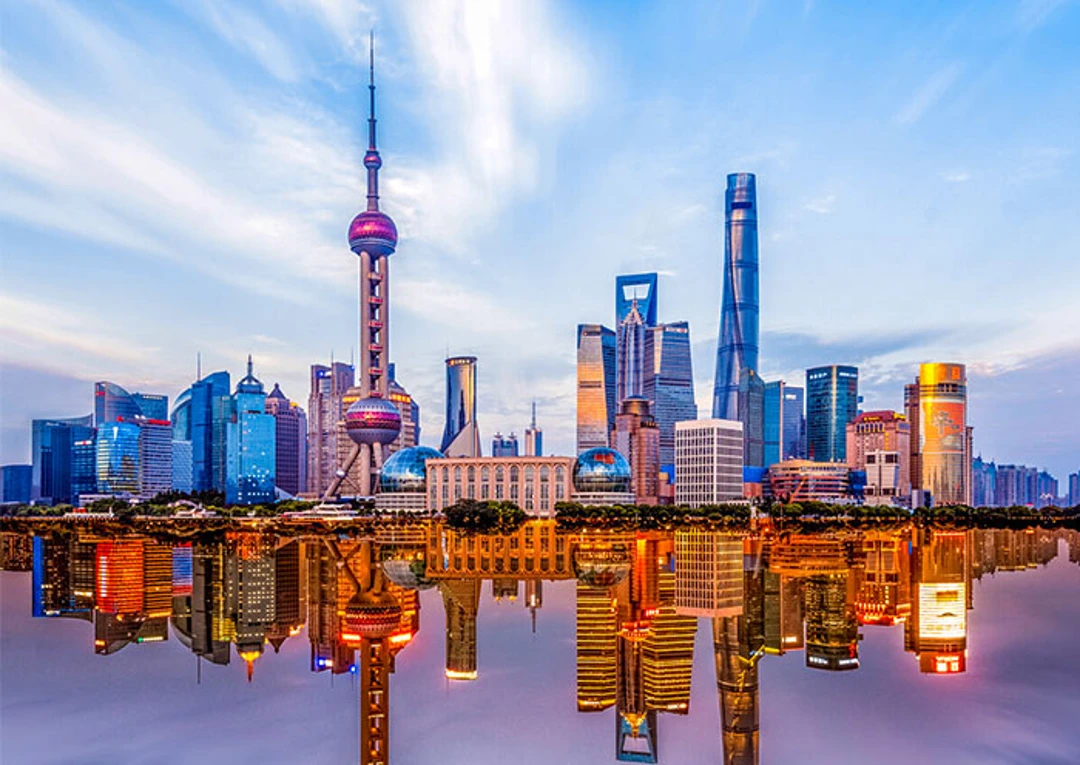
Tips
The Bund really comes alive at sunset when the modern skyscrapers illuminate the skyline. You’ll see photographers all over the place, marveling at the remarkable contrasts and vibrancy.
Walking the Bund is like taking a trip through Shanghai’s history, with ancient colonial buildings on one side and 21st-century architecture on the other.
10. Zhangjiajie National Forest Park
Hunan Province’s Zhangjiajie National Forest Park is truly remarkable. The park is famous for its gigantic sandstone pillars, which were the backdrop for the floating mountains in the movie Avatar.
Hiking here makes it feel like you’re in some otherworldly universe in the heart of nature. The pillars are a truly powerful example of what nature can create.
Key Features
The park is known for its surreal scenery, which provides an incredible setting. With these massive structures that almost seem to defy the laws of physics, you feel like you’ve entered a different wonderland. This is a land that feels like it’s moving, like it’s breathing.
Spend hours just looking out and staring at this stunning, epic land. You get lost in wonder at these outstanding, majestic views.
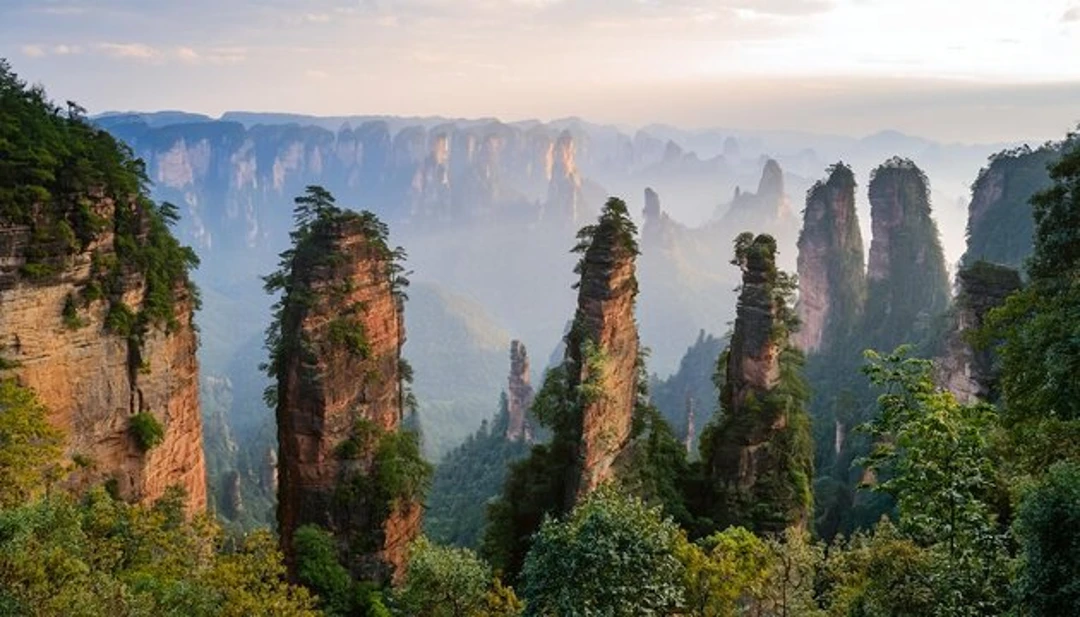
Tips
Zhangjiajie is full of adventure and hiking. The views are truly out of this world (and make for great photos). And no visit is complete without crossing the longest glass bridge in the world. There’s something for everyone here!
11. The Yellow River (Huang He)
Known as the “Mother River” — the Chinese Cradle of Civilization — the Yellow River is a famous and impactful historic symbol of China. It’s the second-largest river in the country, and it has had a profound influence on Chinese history and culture.
Across thousands of years, its waters gave birth to cities and empires, and this river is an arbiter of human life rather than just a geographical feature.
Cultural Importance
Symbolically, the Yellow River is seen as the Mother River of China, giving life to the Chinese people for thousands of years. It is central to so many ancient myths and the country’s history.
Its power and majesty will leave an impression on you for sure. Its course is a great metaphor for the ups and downs of Chinese civilization.
Tips
Dotted along the Yellow River are historical spots begging to be explored, allowing you a peek back into these times and the stories surrounding them. Take a deep dive into local culture and a front row seat to river life.
To explore the Yellow River is to experience China’s historic and cultural pulse.
12. Jiuzhaigou Valley
The Jiuzhaigou Valley of Sichuan is truly a place to experience life with all of your senses. Its trademark gorgeous lakes, waterfalls, and snow-capped peaks make it into a natural playground.
Its status as a UNESCO World Heritage Site has only added to its beauty. Everywhere you look is like looking at a postcard brought to life. It’s just that stunning.
Key Features
This valley is known for its stunning landscape, complete with entrancing colors and reflections. Travelers and photographers are drawn to this destination like bees to honey, as they can’t get enough of its jaw-dropping beauty.
The area surrounding Jiuzhaigou has a way of making every second spent in it feel like magic and is sure to lure and captivate all who go wandering in its midst.
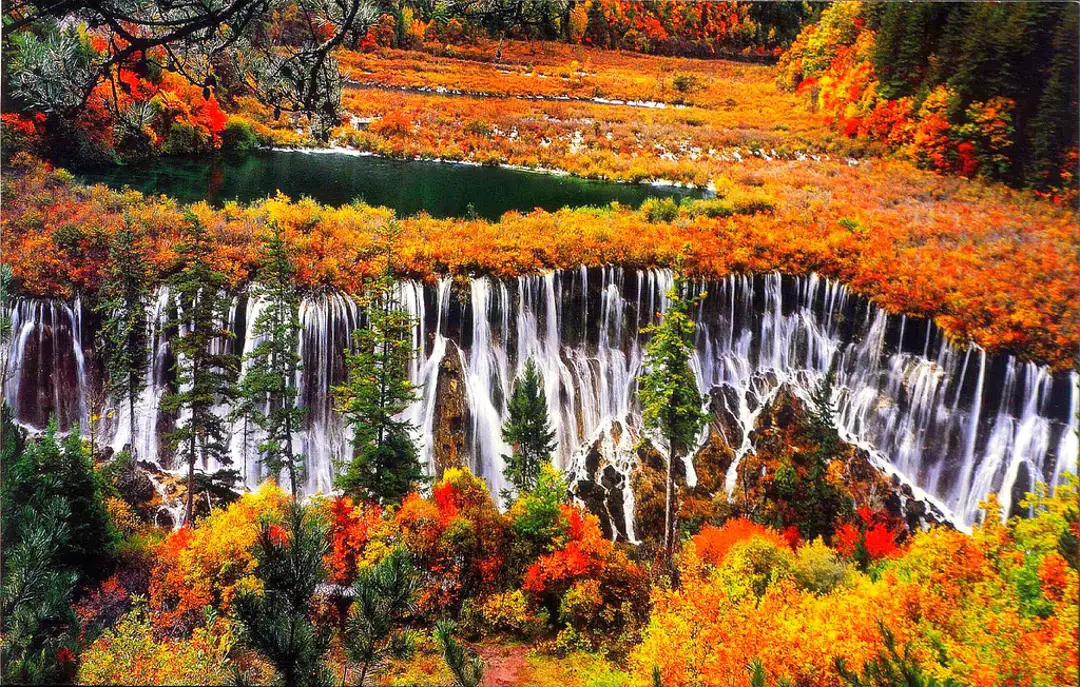
Tips
For the adventurous, trekking allows you to experience destinations up close. Every trail brings out a different and stunning vista, ideal for photography.
Walk around the colorful lakes and under the snow-covered, jagged mountains. Jiuzhaigou is one of those places where peace and beauty just seem to coexist harmoniously and beckon you to experience a deeper connection with nature.
FAQ
1. Can I visit Mount Everest from the China side?
Yes, you can see Mount Everest from the Tibet side of the mountain with a trip to the Everest Base Camp. Hiking to Everest Base Camp in Tibet is not easy, but it’s a great way to experience the mountain and also the Tibetan culture.
2. When’s a good time of year to actually see the sights in China?
For me, the best times are spring (April to May) and autumn (September to October), when the weather is mild and comfortable.
3. But is Xi’an only about the Terracotta Warriors?
But no, Xi’an actually has quite a few things worth seeing and doing, including the Ancient City Wall, Big Wild Goose Pagoda, and the Muslim Quarter.
Conclusion
China’s landmarks aren’t just places to go—they are keys to learning about the country’s long history and diverse culture.
Each location, from the jaw-dropping Great Wall to the peaceful Jiuzhaigou Valley, shares a story that captures your imagination.
Whether you are a thrill-seeker, a history lover, or just looking for some solitude, China’s landmarks offer unforgettable experiences and lasting memories.
